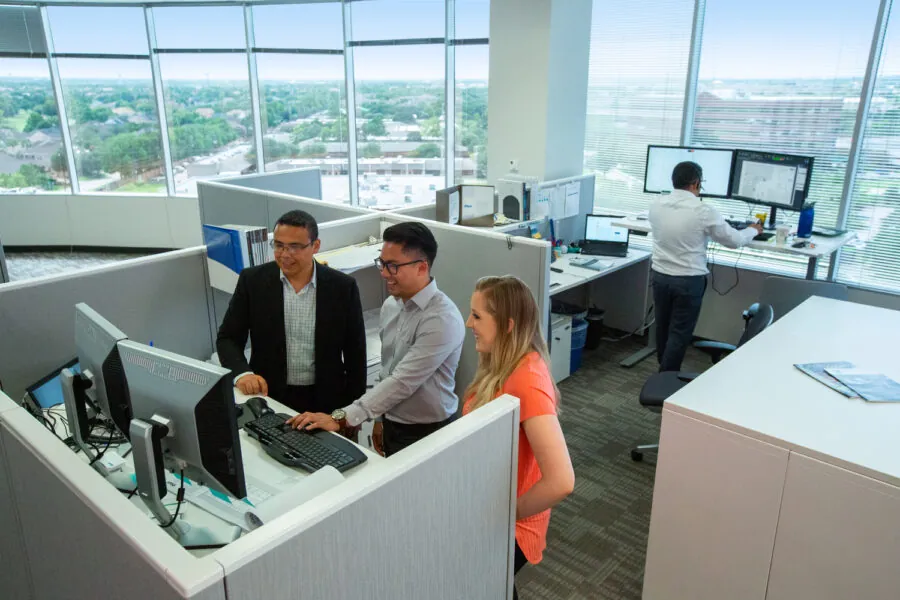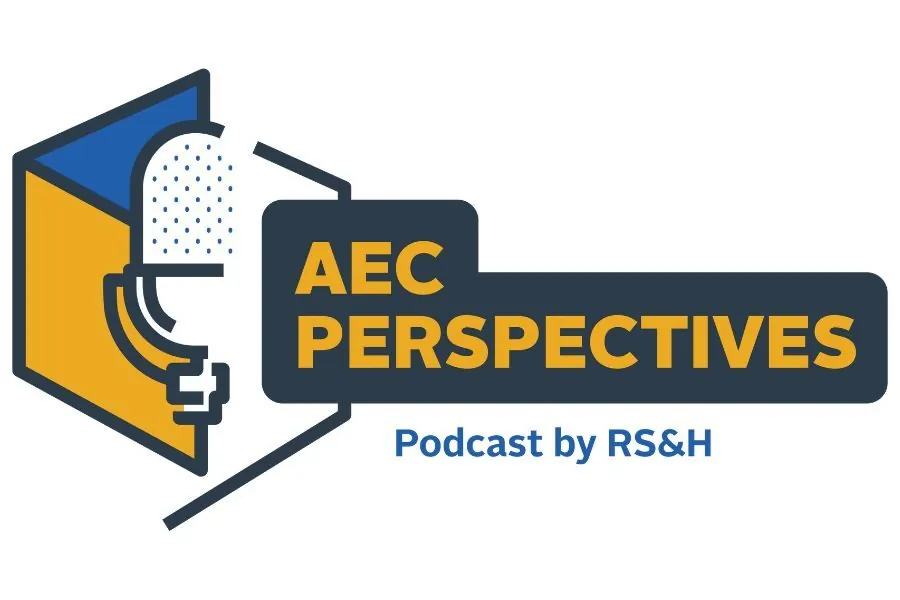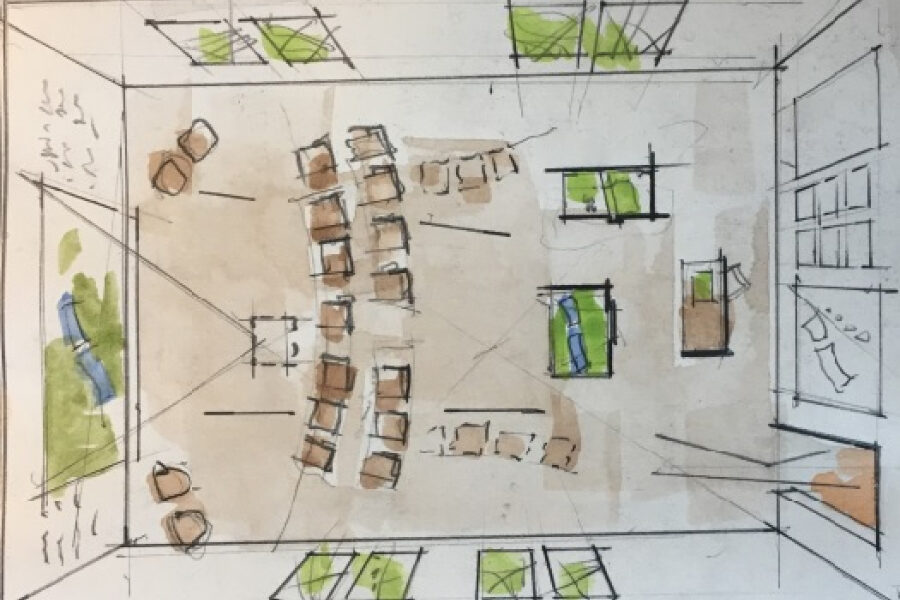Living WELL: New Building Standard Focuses on Occupants

In the last 20 years, the desire among our clients to incorporate sustainable, green design practices into their facilities has grown exponentially.
So has the gold standard for rating green building design. The U.S. Green Building Council’s Leadership in Energy and Environmental Design (USGBC LEED) criteria is the most widely used green building rating system in the world. Nearly 100,000 projects have used LEED guidelines in design and construction to create healthy, highly efficient and cost-saving green buildings
Now, the USGBC has a new set of standards that focus not just on buildings but also their inhabitants. The WELL Building Standard is the first building standard to focus exclusively on the health and wellness of the people in buildings.
What is WELL?
WELL is a performance-based system for measuring and certifying features of a building that impact human health and well-being. It pairs best practices in design and construction with evidence-based medical and scientific research on environmental health, behavioral factors, health outcomes and demographic risk factors that affect health.
The WELL Building Standard is optimized for commercial and office buildings, and it is further organized into project types for new or existing buildings, interiors and core and shell.
WELL Focus Areas
Launched in October 2014, the WELL Building Standard is the premier standard for buildings, interior spaces and communities seeking to implement, validate and measure features that support and advance human health and wellness.
Each WELL feature is designed to address issues that impact the health, comfort or knowledge of occupants through design, operations and behavior.
- Air: Requires buildings to promote clean air and reduce or minimize the sources of indoor air pollution.
- Water: Promotes safe and clean water through the implementation of proper filtration techniques and regular testing.
- Nourishment: Requires the availability of fresh and wholesome foods, with limits on highly-processed ingredients to support mindful eating.
- Light: Provides illumination and daylighting guidelines that minimize disruption to the body’s circadian system and enhance productivity.
- Fitness: Promotes the integration of physical activity into everyday life by providing opportunities and support for an active lifestyle and discouraging sedentary behavior.
- Comfort: Considers thermal, acoustic, ergonomic, and olfactory comfort to optimize indoor working environments.
- Mind: Optimizes cognitive and emotional health through design, technology, and treatment strategies.
Why WELL?
There are several advantages building owners, managers and employers can realize by incorporating WELL standards:
1. WELL can save you money in the long run
The physical workplace is one of the major factors that affect employee performance and job satisfaction. Addressing occupant health can ultimately reduce the largest line item in the 30-year costs of a building – the personnel – offering a meaningful return on WELL investments made during design, construction, maintenance and operations.
2. WELL can boost the health of your occupants, team
Just like a LEED-certified project, a WELL-certified project has the potential to add measurable value to the building, not to mention more value for the health, well-being, productivity and happiness of its occupants. Prioritizing WELL also provides the opportunity to stand at the forefront of innovation in the sustainable and healthy building movement, which can help attract top, sustainability-minded talent.
With a competitive labor market, employees want to find a place to work that they enjoy, a place that represents their values. Incorporating WELL features will help create a workplace that employees can take pride in.
3. WELL can add value to your team and your assets
By placing people at the heart of design, construction, operations and development decisions, following WELL standards creates the ability to add value to real estate assets, generate savings in personnel costs, and enhance your associates’ work experience, health and well-being.
At RS&H, we are already incorporating WELL practices like daylighting, filtered water and comfort into our new office designs. In our office spaces, our workstations line the windows, and offices have glass fronts to let the light work all the way through the space.
You can learn more about our environmental offerings here.




